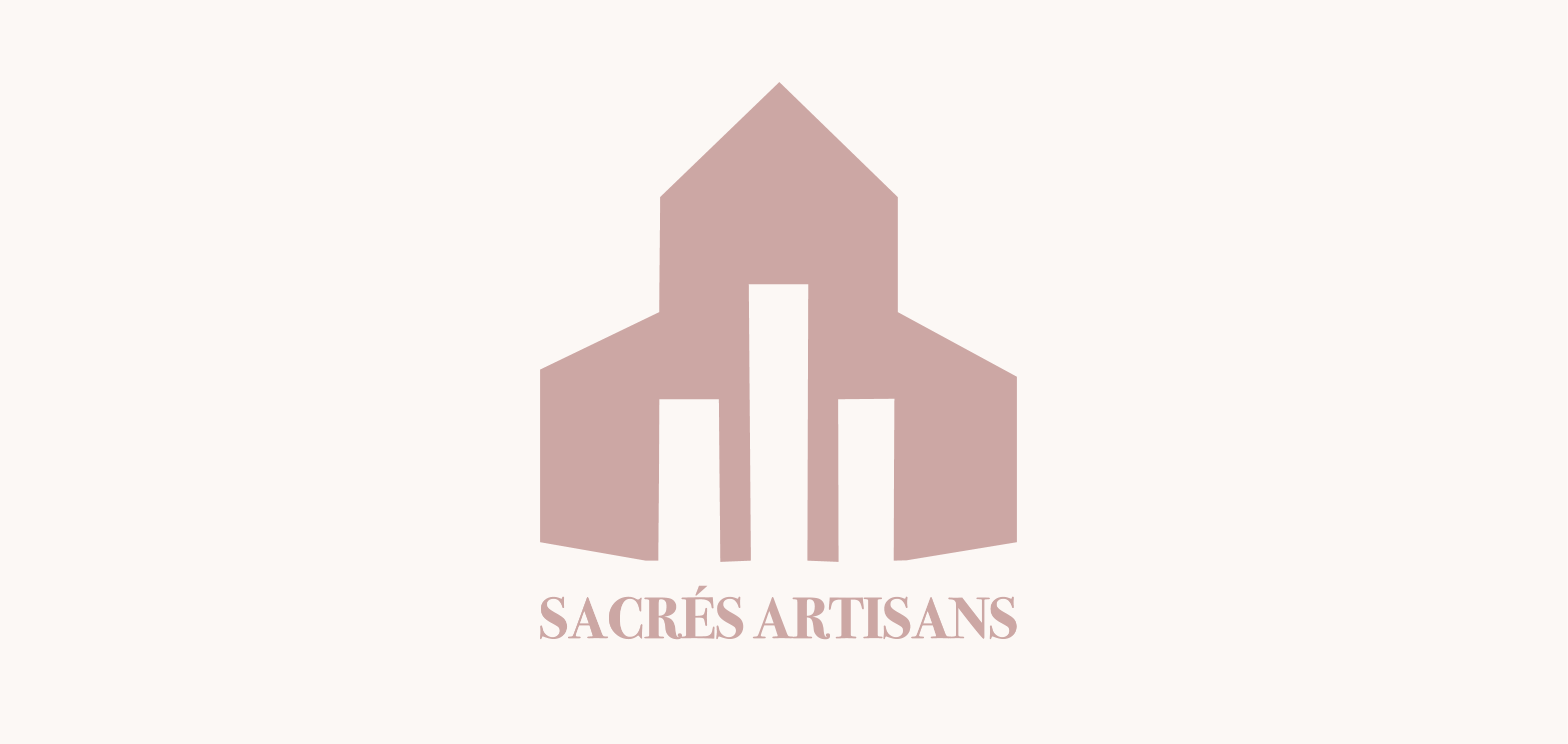
Saint-Pascal-de-Kamouraska Church
The well-known French expression “être aux anges” literally translates to being with the angels and means to be blissfully happy. It was surely first uttered in the Saint-Pascal-de-Kamouraska Church. Four giant archangels carved in wood make their home here. Although they haven’t had an easy life, this unusual blended family gives wings to this church whose construction began in 1845.
Designed to replace the parish’s first wooden chapel, the church was built at a cost of $7,000 by Jean-Baptiste Hébert, father of the parish priest at the time. Inspired by the Renaissance Revival style, it incorporates elements of Italian classicism, in particular with its semi-circular chancel shifted outwards.
In 1853, the interior design and furniture production were entrusted to architect François-Xavier Berlinguet, who had studied with his father and whose successful career was then in its infancy. He designed the entire decor in a neoclassical style. Only a few pieces remain today, including ornaments in the chancel and the high altar tomb.
In 1870, a major earthquake damaged the building, particularly the two towers and the bell tower. The facade needed to be redone. At the request of the parish priest, who had just returned from a trip to Italy, architect Georges-Émile Tanguay added a portal similar to that of the Basilica of Santa Maria Maggiore in Rome. Nothing was too good for the religious class! The work was done around 1887, allowing the space to be enlarged at the same time. In 1900, Canon Alphonse Beaudet undertook the interior restoration, adding a gilded bas-relief scene of the Emmaus supper to the tabernacle door.
Sculptor Louis Jobin, known for his depictions of sacred subjects, was given a commission when the parish corporation decided it wanted to decorate the four corners of the bell tower’s new facade with sculptures. Between 1891 and 1894, the artist set about creating four 3.7-metre-high archangels, assembled with pieces of pine and coated with a layer of lead. Although they were meant to touch the stars and be seen from afar by mere mortals, his exquisite statues of Michael, Raphael, Gabriel and Uriel are impressive for their physiognomic details.
In 1925, the earth shook once again. Uriel fell from the sky and never recovered. The family lost a member. Full of good intentions, local artist Auguste Dionne gave it new life by recarving the angel holding a laurel wreath. He was similar to, but different from, the rest of his siblings—a cousin rather than a brother. Dionne also lent a hand in repairing the collapsed retable baldachin created by Berlinguet.
In the chancel, you can admire two important paintings by Charles Huot, one of the leading mural painters in Quebec—Sainte Marguerite-Marie Alacoque and Saint Pascal Baylon. A former student at Collège Sainte-Anne-de-la-Pocatière, this painter honed his skills at the École des Beaux-arts in Paris before returning to Quebec to create sacred art.
In 1963, Saint-Pascal Church became the first in Canada to acquire a three-manual mechanical-action organ, breaking with the tradition of Germanic design. Manufactured by Casavant Frères, this state-of-the-art instrument replaced the original organ, which was no longer sufficient.
Around 1975, the four archangels came down from heaven once again—this time in a safe manner—to be restored. Noting their state of deterioration, the parish corporation decided to take off their coat of lead and keep them indoors from then on. The following year, the Government of Québec designated them as cultural property. In 1995, the lighter and much-relieved archangels—with no apocalypse to face or clouds to contend with—took up their current places on either side of the entrance. The faithful can now contemplate them up close, and without the sun in their eyes.